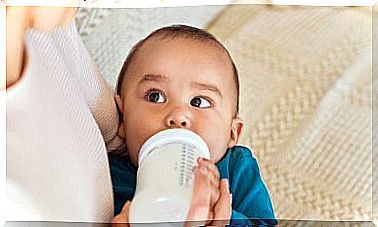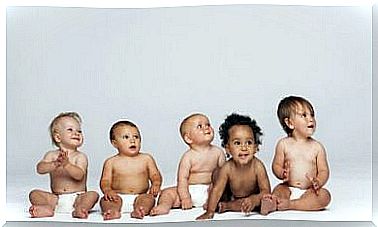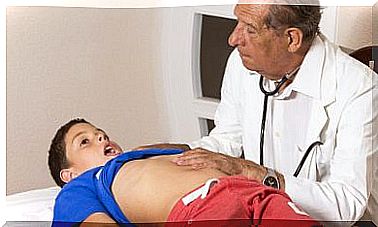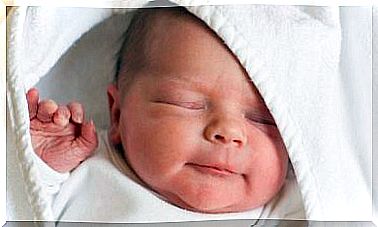Strabismus Or Strabismus: Causes, Diagnosis And Treatment
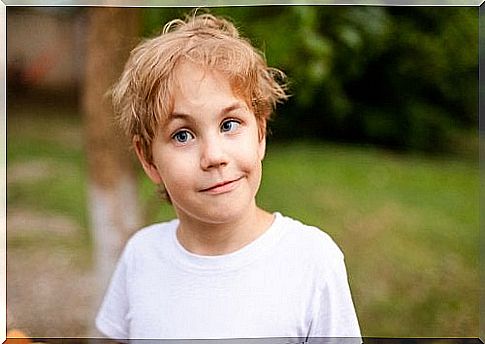
Strabismus, or squint, is an abnormality that affects eyesight and occurs due to an imbalance in the muscles of the eye. It is important to identify this disorder early so that treatment can begin as soon as possible. If treatment is done too late, in the worst case scenario, your child can lose sight in the affected eye and go blind.
Strabismus, or squint, is one of the most common eye diseases that occur in babies and young children. Approximately 4% of children under the age of 9 suffer from this misalignment of the eyes. This can have serious consequences such as decreased brain development, learning and knowledge deficits, and loss of vision.
What exactly is strabismus ?
Physiologically, strabismus is the result of a malfunction in binocular functions. If we see, this ability has two functions, binocular and monocular. Both functions develop from birth and are fully developed by the time a child is eight or nine years old.
If your child has strabismus, binocular function is impaired. Therefore, both eyes cannot focus on an object at the same time. As a result, the information reaching the brain often cannot be properly processed.
The central nervous system responds by simply ignoring blurry images. This is how the brain prevents double vision or diplopia from occurring.
Nevertheless, the cross-eyed eye continues to send images to the brain. However, since the brain does not process this information, it causes the eyesight of the cross-eyed eye to gradually deteriorate. In the worst case, this can result in irreparable loss of vision.
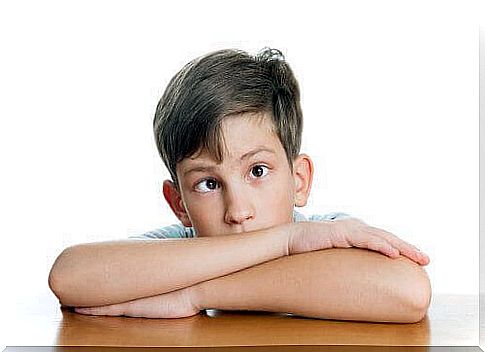
Causes of strabismus in children
The most common ophthalmic causes include:
- A malfunction in the control of the optic nerve
- Retraction errors such as farsightedness
Other causes of squint in children can include:
- A breakdown in the nervous system due to certain illnesses, high fever, or extremely stressful situations.
- In addition, strabismus can occur in children as a result of other conditions such as cerebral palsy or hydorcephalus. Complications such as premature birth can also lead to strabismus. In addition, many children with Down syndrome suffer from strabismus.
- It is also worth mentioning that there is a certain genetic disposition for strabismus.
Types of squint
The symptoms of these dysfunction usually appear in childhood. However, you should know that strabismus can also develop in adulthood. There are different types of squint :
- Unilateral strabismus and reciprocal strabismus. With one-sided squint, there is always a guide eye and the guided eye maintains the oblique position. When squinting alternately, both eyes alternately send signals to the brain. This enables both eyes to develop homogeneously.
- Intermittent strabismus. The squint only occurs in certain situations (illness, stress). Squinting can also occur when an object is at a certain distance (near, medium, far).
Differentiation according to the direction in which the eye is squinting
- Exotropia. Outward or divergent strabismus with the eyeball facing outwards.
- Esotropy. Inward or converging strabismus with the eyeball facing inward. This is the most common type of squint.
- Hypertropia. When the focus of one eye is higher than that of the other eye.
- Hypotropia: When the focus of one eye is lower than the other eye.
Diagnosis of strabismus
You can hardly influence or prevent your child from squinting or not. Nevertheless, it is very important that this disease is recognized and treated very early, because this can prevent sequelae and further damage to the eye.
If the treatment is given in time, the malfunctions of the eye can be corrected. Therefore, you should definitely have the eye exams recommended for children from 3 years of age.
If a pediatrician finds an abnormality in your children’s eyes, see an ophthalmologist immediately. You should also have your child examined by an ophthalmologist before they are three years old if your family has already had cases of strabismus.
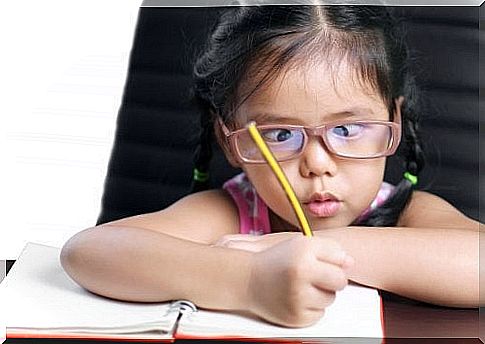
Treatment of strabismus in children
Treatment depends on the condition of the eyes and the degree of squint. The aim of this treatment is to restore binocular vision. Depending on the individual case, the doctor will prescribe your child glasses or perform an operation. In addition, eye patches or eye patches are often used to strengthen the weaker eye.
The treatment of accommodative strabismus is called optical correction. Patients usually wear glasses or use contact lenses. When visual therapy is given, doctors usually put on patches and do various exercises with the patient.
In addition, there are cases of strabismus that require surgery. The surgeon makes a tiny incision in the tissue covering the eye in order to access the eye muscle.
Depending on the individual case, the surgeon must correct the muscles in one or both eyes. The procedure is relatively simple and the children will be able to play again without any problems soon after the operation.
